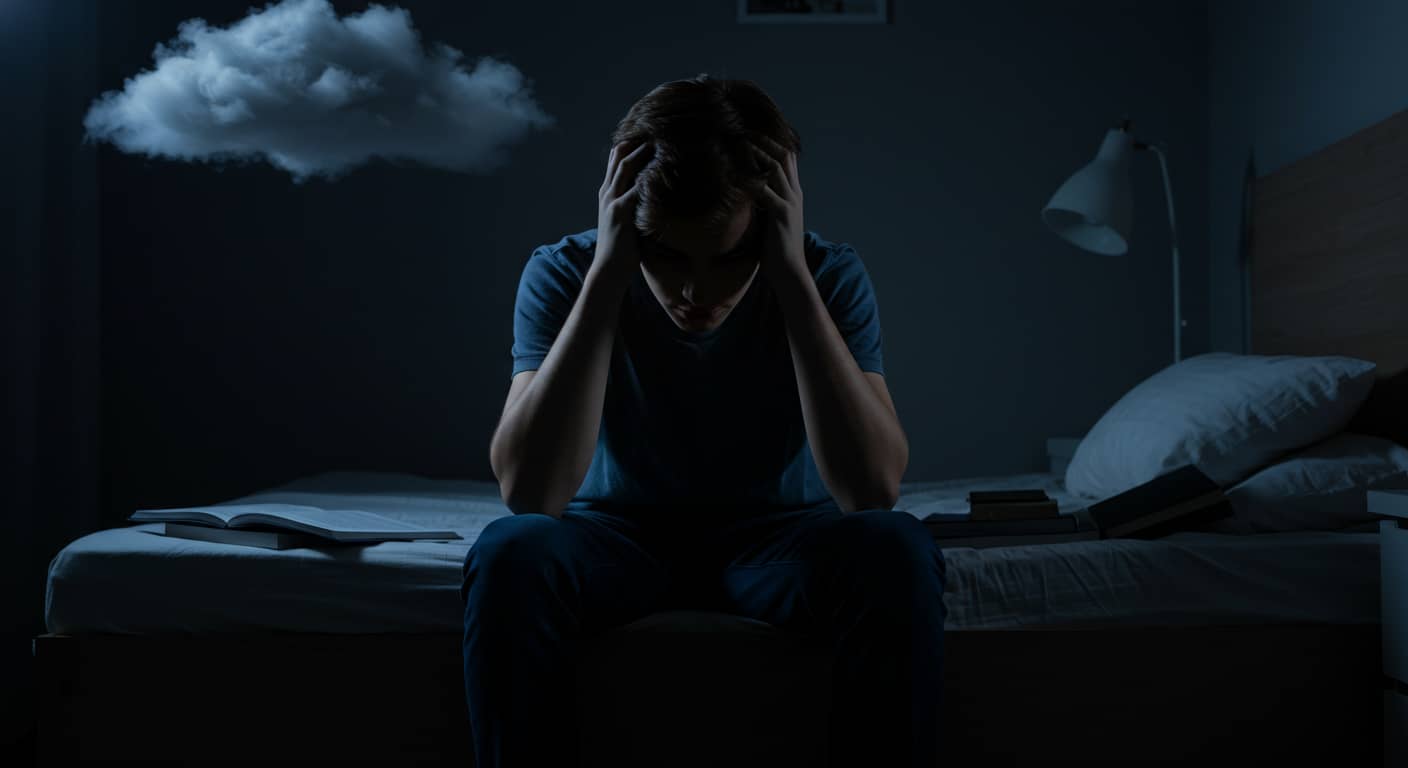Can’t Stop Feeling Anxious? You’re Not Alone.
Anxiety and depression are more than just “bad moods” or “teenage phases.” Yes, it’s normal for everyone to feel worried or sad now and then. But when these feelings become persistent, overwhelming, and begin to affect everyday life—it’s not normal anymore.
If your child is struggling to function, avoiding friends, losing interest in activities, or battling constant fear or dread, they might need more than just reassurance. They may need professional help.
“Do one thing every day that scares you.” — Eleanor Roosevelt
What Anxiety Feels Like
Constant worrying, feeling overwhelmed, or dreading the unknown—these are common signs of anxiety. It affects not just thoughts and emotions, but the body too. A teenager suffering from anxiety may:
-
Feel restless or irritable
-
Sweat excessively
-
Have trouble breathing
-
Experience racing thoughts or panic attacks
-
Avoid social situations or school
These reactions aren’t “dramatic” or “attention-seeking”—they’re real, distressing symptoms of a serious condition.
Types of Anxiety Disorders You Should Know
📌 Generalized Anxiety Disorder (GAD):
Chronic, unfocused worry. Teens may not even know why they’re anxious, but the fear is constant and intrusive.
📌 Social Anxiety Disorder:
Extreme fear of being judged or embarrassed in social situations. Leads to isolation or refusal to engage in group activities.
📌 Obsessive-Compulsive Disorder (OCD):
Involves repetitive behaviors (like hand-washing or counting) and intrusive thoughts. These actions are attempts to control overwhelming anxiety.
📌 Separation Anxiety Disorder:
Not just for toddlers. Teens may also panic or become extremely upset when away from parents or loved ones.
📌 Panic Disorder:
Sudden and intense episodes of fear, often with physical symptoms like chest pain, dizziness, or nausea. Panic attacks can happen anywhere, anytime.
Anxiety and Depression: A Common Pair
While anxiety and depression are two separate mental illnesses, they often show up together in teens. Clinical depression, also known as major depressive disorder, causes:
-
Extreme sadness
-
Hopelessness
-
Withdrawal from friends and family
-
Lack of motivation
-
Physical symptoms like fatigue, slowed movements, or appetite changes
What to Expect — Signs and Symptoms
Parents and caregivers, watch for:
-
Trouble sleeping or insomnia
-
Racing or obsessive thoughts
-
Hand-wringing, pacing, or fidgeting
-
Irritability, anger, or unexplained sadness
-
Frequent physical complaints (headaches, stomachaches)
-
Avoidance of school, social gatherings, or favorite activities
It’s Not Just “Teen Stress”
Yes, school can be stressful. But anxiety that leads to panic attacks, school refusal, or irrational fears isn’t typical. These are warning signs.
Anxiety and depression in teens are serious, often life-altering conditions that need proper care. Not just a pep talk. Not just a break. Not even just a one-time visit to a psychiatrist.
Treating Anxiety & Depression in Teens
✔ Start with empathy.
Don’t dismiss their fears. Even if you don’t understand, take them seriously.
✔ Be patient.
Recovery is a process. It often requires consistent therapy, sometimes medication, and always support.
✔ Seek professional help.
Early treatment makes a big difference. Therapists, school counselors, or pediatric mental health providers are trained to guide you and your child.
✔ Know that you’re not alone.
Many families struggle with this silently. Speaking up is the first step toward healing.
Your Teen Needs You
Your child doesn’t need perfection from you. They need understanding, love, boundaries, and patience. Be the safe place they can come home to—even if they can’t always say what they’re feeling.
You can’t always take their pain away. But you can stand with them through it.


